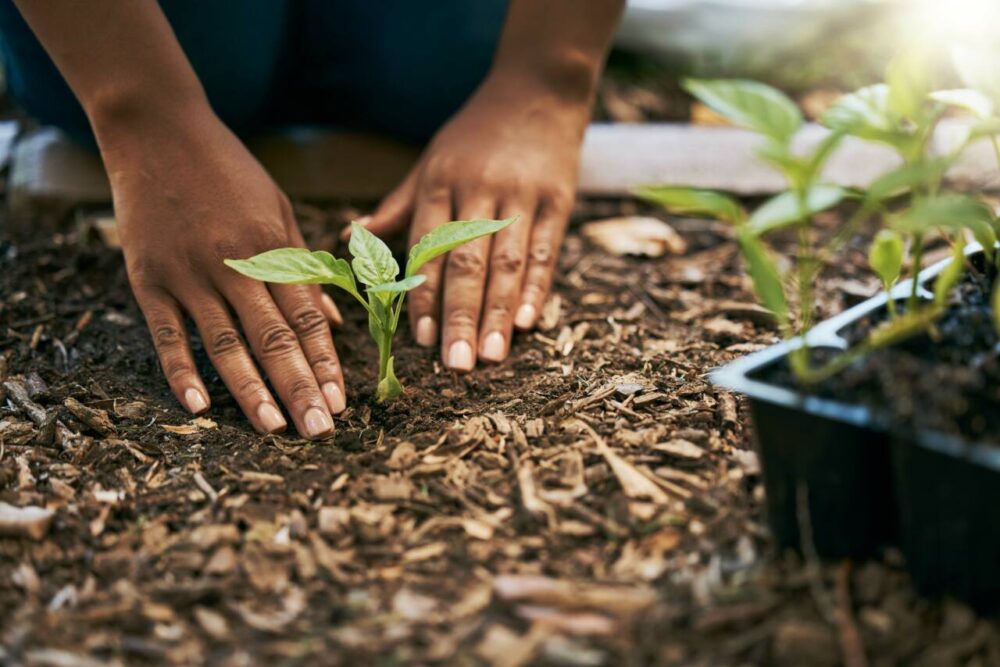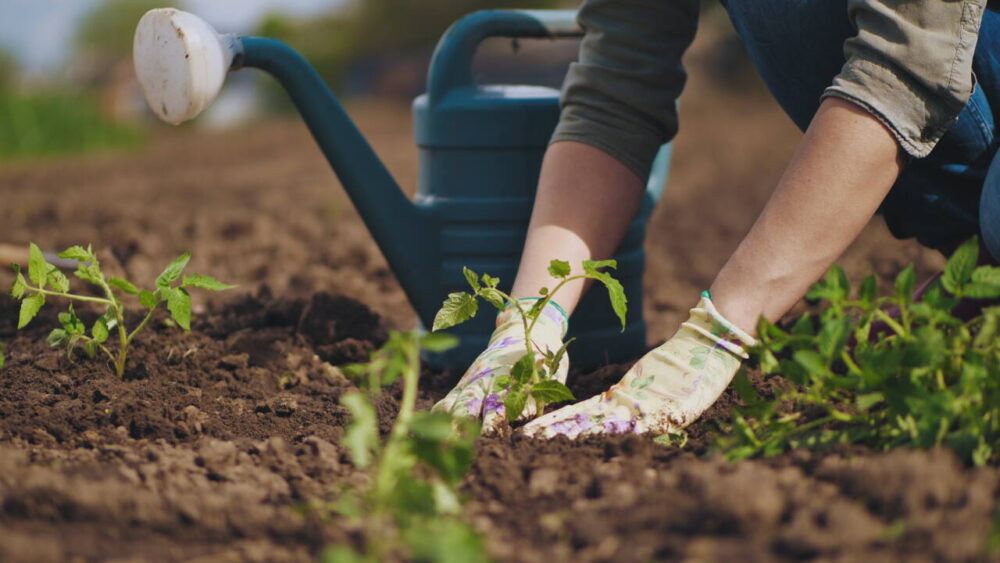The springtime temperatures may have you itching to get outside to plant your vegetable garden. In our excitement to get seeds or young plants into the ground, though, we can sometimes get fooled by a few warm days and inadvertently hurt the full potential of a garden’s growth.
If trying to figure out the best timing for planting each veggie you want to grow leaves you completely overwhelmed, you’ll love this handy tool we just found online.
To get a customized report on your local growing season, along with a detailed planting guide, all you need to do is use The National Gardening Association’s Planting Calendar Tool. Once you’re there, type in your ZIP code and you’ll get an abundance of planting information to help you maximize your veggie harvest.
The tool tells you everything from the average length of your location’s frost-free growing season to specific timelines for the spring planting season and fall planting season for each type of vegetable. For example, we checked the report for Indianapolis and were told the spring window to plant tomatoes was from April 27 through May 11, while the report for Phoenix told us to plant them from Feb. 26 through March 11. Each report ran down a list of more than 30 vegetables.
The reports also tell you whether you should start your seeds indoors and then transplant the seedlings into the ground or skip that process. Vegetables such as broccoli, cabbage, eggplant, lettuce and onions should be transplanted while others like carrots, cucumbers, squash and potatoes can be planted directly into the soil.

Gardening takes a lot of care, effort and patience. That’s why it’s important to understand how timing your planting is essential for a successful growing season. With tools like the one mentioned above, even new gardeners can increase their odds of a good harvest by having critical information.
One of the biggest gardening mistakes people make when planting vegetables is putting them into the ground too soon. A few warm days in early spring lull us into thinking the time is ripe for gardening. The snow may be gone, but the soil is often still cold and that means trouble for seeds and young plants.
“One of the biggest mistakes people make is to plant too early,” Weston Miller, a former horticulturist with the Oregon State University Extension Service, told the institution for a blog post. “They get excited when it’s sunny for a few days, put plants in the ground and think they will grow. But the seeds either rot from damping off fungus or germinate very slowly. At the very least, they’ll be stressed for the rest of the season and never catch up.”

Miller said ideal soil temperatures for planting vegetables can start as low as 50 degrees Fahrenheit. However, for warm-weather plants, including tomatoes and peppers, gardeners should wait until the soil hits 65 to 70 degrees (thus the varied results of our two reports from the Planting Calendar Tool).
The University of California Master Gardeners of Santa Clara County agree with waiting until the soil gets warmer to plant delicate vegetable seeds and seedlings. “Planting too early in cooler temperatures can cause stunted growth, wilting, surface pitting, foliage necrosis (death) and increased susceptibility to disease,” the organization writes.
The best option is to do what gardening experts call “hardening off.” This is when young plants are potted and put into a protected area, like a garage or porch, to get some sunlight, but build up some resistance to the climate. Hardening off prevents delicate new plants from getting sunburn or windburn, and keeps them warm enough to build strength before they go into the soil.
Enter your ZIP code and this free tool tells you when to plant each veggie originally appeared on Simplemost.com


